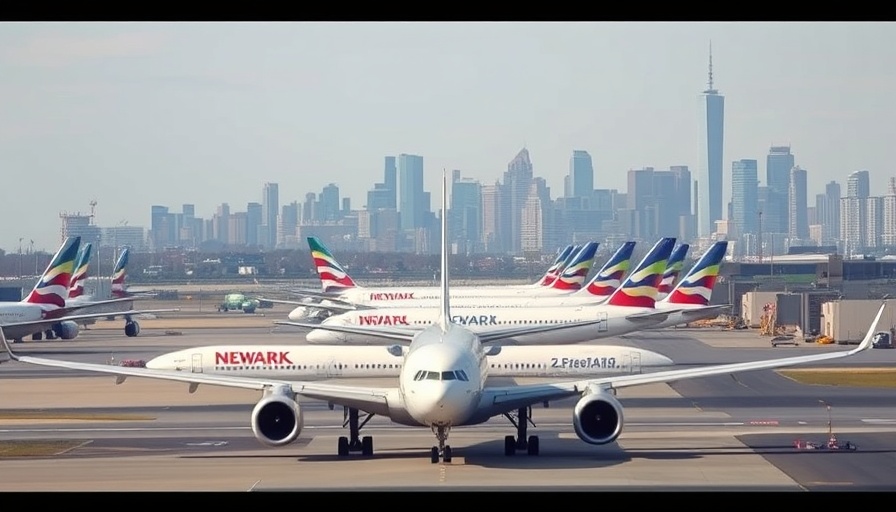
New FAA Flight Reductions at Newark: What Travelers Need to Know
The Federal Aviation Administration (FAA) has announced reduced flight operations at Newark Liberty International Airport (EWR) in response to ongoing travel difficulties affecting one of the busiest airports in the New York area. This decision comes as the summer travel season approaches and is aimed at alleviating persistent congestion issues exacerbated by runway renovations and staffing shortages.
Why Were Flight Reductions Necessary?
Over the past few weeks, travel disruptions have escalated due to a combination of runway construction and major technical outages within the air traffic control (ATC) systems. According to reports, the Philadelphia air traffic control center, which manages EWR's airspace, experienced several communications breakdowns, interrupting critical contact between controllers and aircraft. One particularly troubling incident led to controllers opting for federally authorized leave amidst frustration and burnout, leading to further flight delays.
The Impact on Air Travel: Numbers and Projections
The FAA's interim order restricts hourly flights to 56 at EWR—this includes 28 takeoffs and 28 landings. For context, Newark typically accommodates up to 77 combined operations per hour. Hence, the new limits signify a notable reduction of approximately 27%. Upon completion of runway work in mid-June, this cap will slightly increase to 68 operations hourly, a decrease of 12% compared to usual travel volumes.
United Airlines: A Major Player in the Newark Hub
United Airlines, which holds a significant operational presence at EWR, has already voluntarily scaled back its daily schedule, removing 35 round trips to ease congestion. This proactive step highlights the airline's engagement in mitigating challenges at the airport while simultaneously urging the FAA to implement broader flight restrictions that would apply equally across all airlines operating at Newark.
Passenger Experience: What to Expect
For travelers flying through Newark, these caps may lead to additional cancellations or adjustments to flight timings, especially during peak hours. So far, the situation seems to be improving, with FlightAware indicating that around 20% of flights were delayed as of Tuesday evening, a significant improvement from earlier instances where nearly 36% of flights experienced delays. Despite the challenges, the potential for a brighter outlook remains as further runway work is completed.
Reactions from Major Airlines
United Airlines has welcomed the FAA's flight reduction measures, suggesting that a controlled environment can enhance operational safety and reliability. This is an important sentiment from key players in the air travel industry, indicating that reducing overall flight numbers could lead to smoother air traffic management, particularly during the busy summer months when traveler volumes peak.
Conclusion: Preparing for Possible Delays
Travelers planning to navigate Newark Liberty International Airport in the coming weeks should prepare for potential delays and changes to their itineraries. Monitoring flight schedules and staying informed about the latest updates from airlines will be vital to ensure a smooth journey. As the summer approaches and travel begins to pick up, staying aware of changes in flight operations can help mitigate frustrations on the road and in the skies.
 Add Row
Add Row  Add
Add 




 Add Row
Add Row 


 Add
Add
Write A Comment